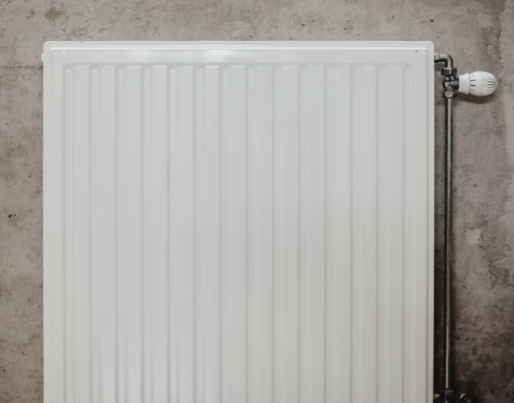Lower temperatures, higher efficiency: The pivotal role of heat pumps in building energy renovation

Lower temperatures, higher efficiency: The pivotal role of heat pumps in building energy renovation
In the context of the EU27 building stock, characterised by high energy demand for space heating, lowering operating temperatures in thermal systems emerges as a key strategy to enhance the seasonal efficiency of heat pumps.
According to a recent analysis published in the REHVA Journal, optimising the building envelope, through improved insulation and airtightness, not only reduces thermal loads but also significantly boosts the performance of existing hydronic emitters.
The study highlights that replacing conventional emitters with low-temperature emitters (LT-emitters) can lead to a further 30% increase in the seasonal efficiency of inverter-driven electric heat pumps, surpassing the 80% threshold. This improvement is particularly relevant in older buildings, where systems were originally designed to operate at high temperature regimes (up to 90/70 °C), which are incompatible with the optimal performance of heat pumps.
Transitioning to lower temperature regimes, such as 35/30 °C in combination with underfloor heating systems, not only maximises energy-saving potential but also enhances the technical and economic feasibility of heat pumps in energy renovation processes. This technological shift represents a critical lever for achieving the EU’s climate targets in the building sector.
LT emitters.pdf
English (304.16 KB - PDF)

